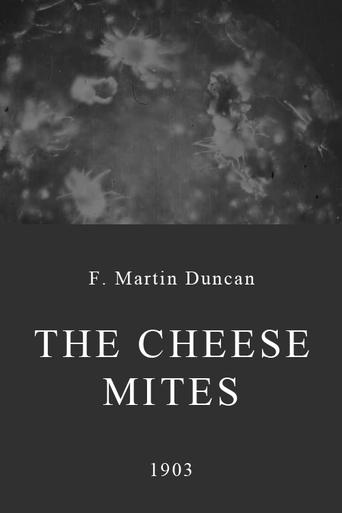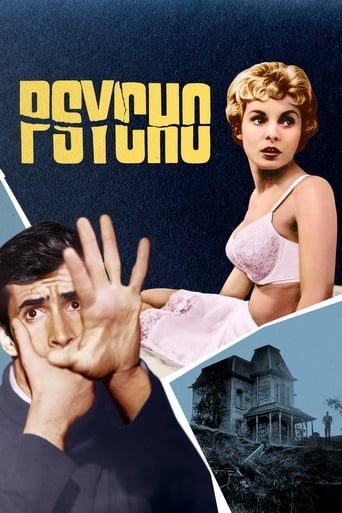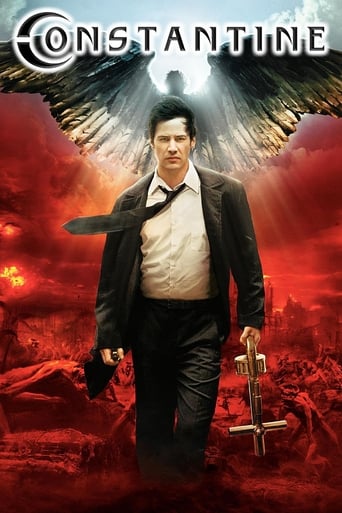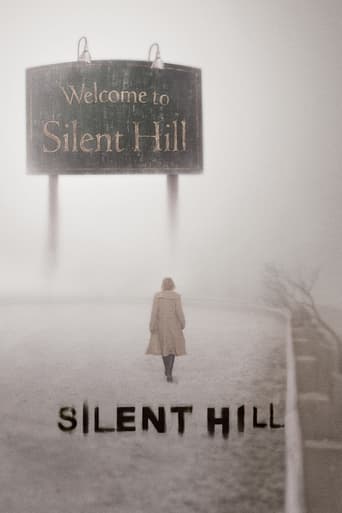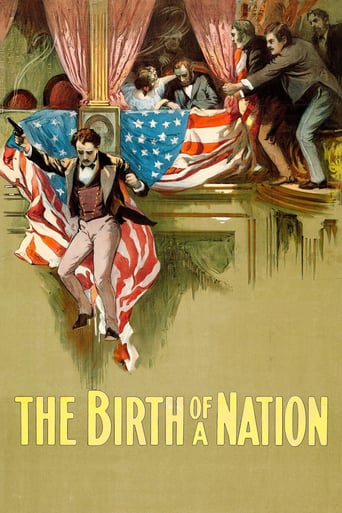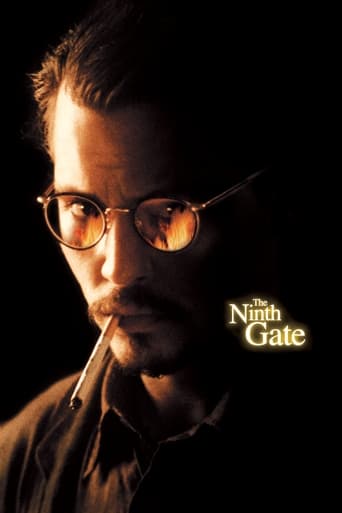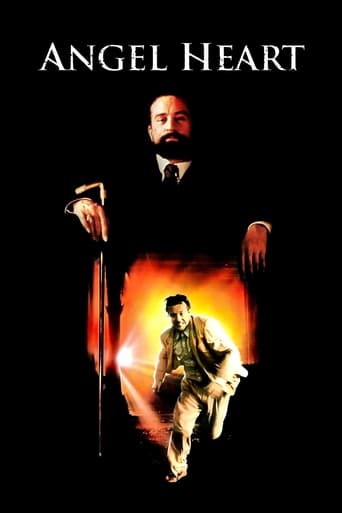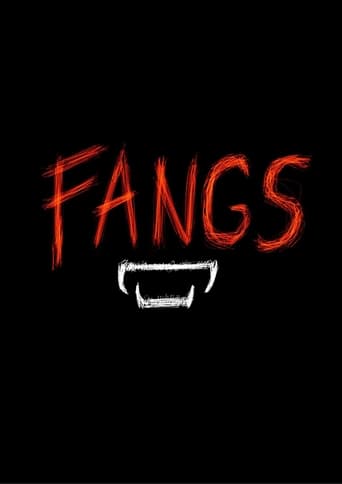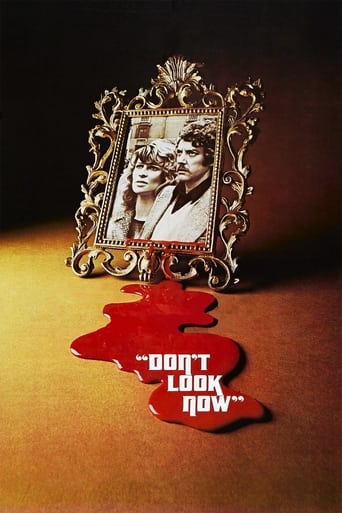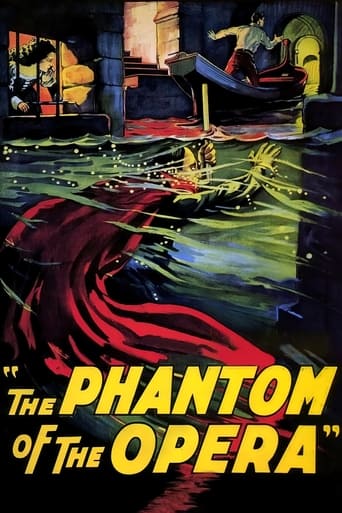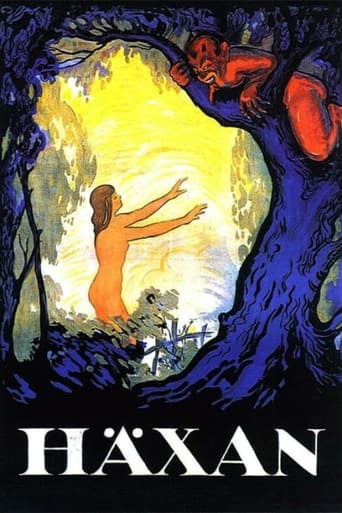

Häxan (1922)
Grave robbing, torture, possessed nuns, and a satanic Sabbath: Benjamin Christensen's legendary film uses a series of dramatic vignettes to explore the scientific hypothesis that the witches of the Middle Ages suffered the same hysteria as turn-of-the-century psychiatric patients. But the film itself is far from serious-- instead it's a witches' brew of the scary, gross, and darkly humorous.
Watch Trailer
Cast


Similar titles
Reviews
This truly singular and fascinating quasi-documentary centers on the harsh persecution of women who were found guilty of committing sacrilegious acts and worshipping Satan back in the Middle Ages. Writer/director Benjamin Christensen gives the absorbingly dark and macabre premise an extra potent sting by ingeniously grounding it in a thoroughly plausible and persuasive factual historical context. Moreover, by presenting the persecuted elderly and/or hysterical women as unfortunate wretches who have been cast aside by society he manages to make said women pitiable figures instead of hateful grotesqueries. Christensen's astute pointing out of modern society's treatment of the mentally ill being similar to the past's vicious punishment of witches and heretics articulates a chilling statement that our more knowledgeable contemporary world isn't much of an improvement over the previous more benighted one. In addition, the artful use of beautiful paintings and brooding classical music along with the vivid reenactments of various blasphemous rituals -- one black mass held in the woods climaxes with the participants literally kissing the devil's behind! -- and the church's savage condemnation of those perceived as sinners merge together to create a damning indictment on mankind's shocking capacity for extreme cruelty. Essential viewing.
Sometimes released with the subtitle 'Witchcraft Through the Ages', this Swedish documentary sets out to illustrate the history of sorcery, witchcraft and Satanism. The film gets off to a slow start with an overload of title cards and mundane still images as humanity's longtime fascination with the supernatural is shown, however, things soon become very interesting after around fifteen minutes as the film switches to reenactment mode. There are some truly bizarre sights to see, with discreetly filmed naked witches, dissolve edits for drifting spirits and an appearance by the film's director, Benjamin Christensen, playing the Devil. The best part of the film though comes around halfway in as the witch hunt trials of the 1600s are reenacted in harrowing detail. There are also several graphic shots of torture instruments used in the trial process. As far as documentaries go, 'Häxan' might not be the most enlightening film out there, particularly with the way it blurs Satanism and witchcraft together, but between the intense witch trial section of the movie and several weird shots of witches engaged in rituals with Satan, the project has enough going its favour to rate as an undeniable curio. The lack of spoken dialogue only makes the trials and sorcery shots creepier and more otherworldly, plus the colour tinting (at least in the version on the Criterion DVD) adds loads of atmosphere.
The concept of Haxan is deceptively simple. It's a dramatization of witchcraft throughout the ages providing reenactments largely based on the Malleus Maleficarum a 13th century witch-hunting manual. There isn't really a formal narrative though director Benjamin Christensen himself becomes the reoccurring character of the devil throughout the film's various vignettes. It's split into four acts: one setting the standard for what witchcraft is, two giving the audience rhetorical and increasingly surreal "evidence" of witchcraft and the last giving us a pat explanation for witchcraft in a modern context.What sets Haxan apart from other surviving films of the silent era is it's attempt to construct a central argument and support it with "evidence" in the form of its reenactments. It doesn't work but the visual intelligence and editing of Haxan is leaps and bounds above anything Edison Manufacturing ever released. The comparisons between D.W. Griffith and Christensen are certainly well founded as Christensen provides coherence and insight amid the film's proto- surreal cinematography. He even provides some silhouetted animation that channels Lotte Reiniger's The Adventures of Prince Achmed (1926).Yet just like Luis Bunuel's L'age d'Or (1930), Haxan sells itself as a documentary of sorts. The first act of the film struts across the screen with all the authority of an anthropology professor, dully pointing at this and that as evidence of witchcraft. There are still images of paintings and woodcarvings in addition to a moving diagram of the heliocentric solar system; all signalling to the existence of witchcraft in all its ugly, foul and murderous forms. As the other acts take over, so do our emotions. Only the "bad guy" as it were, becomes hypocritical clerics and gullible townsfolk. Are these poor desperate women victims of he times or are they truly accessories of the devil? It's clear the film wants to have it both ways.The film ultimately deconstructs the act of witchcraft from one of maleficence and devil worship to one of mental illness; cheer- leading for the current time's rational thinking winning out against superstition. It's this last act's classroom lecture-like prognostications, that stringently frames what we just saw in an un- disputable context, that ruins the film. It's as if we were put into a somnambulist trance; images of an almost existential nature filling our head with complex thoughts. Then like a blunt hammer, the film knocks us into reality and asks "what did you learn?" Plus, considering the film was released in 1922, we're experiencing a "modern" rationality that included the concepts of hysteria and electroshock therapy so Haxan isn't exactly the bastion of progressive thinking it thinks it is.From a historical perspective, Haxan is an interesting little relic that provides some stunning visual tableaux that rivals Nosferatu (1922) in the horror genre. Yet as a narrative, the film is an absolute mess. It ruins any credibility it has by constantly employing heavy-handed metaphor, and at times outright saying "look how backwards we once were."
If there is one thing I come away with in this film it is this quote near the beginning - "The belief in sorcery and witchcraft is a result of naive notions about the mystery of the universe." The film is presented documentary style with the first portion being about the beliefs of the ancients in regard to sorcery, just so nobody believes that all of this came completely from the Roman Catholic church. It is interesting that there are such commonalities among the ancients and those of the middle ages. They had similar physical forms for demons and believed that sorcerers made people ill or were responsible for certain catastrophes. They never say so, but I imagine this was one way to keep people in line politically speaking. If the townspeople blame sorcerers for their dying cattle or a huge fire they are less likely to revolt against the authorities. Remember the Catholic church and the kings of the Middle Ages were in close alliance.The dramatic portion is about the last two thirds of the film in which the inquisition of the Roman Catholic Church in the middle ages is shown along with instruments of torture indicating that it would be easy to get someone to confess anything given such devices. It was much like the House Un American Activities Committee of the early 1950's. If you were called a Communist the only way to clear yourself was to name a bunch of other people as Communists. Likewise, witches under torture were forced to name a bunch of other people as witches, they were tortured, and so on. The traveling monks who did this work would thus leave a town after burning half the women to the stake and be able to say "Wow! It's a good thing we showed up! Look how many witches you had and never even knew it!" The film jumps to the present and says that modern science has shown that many of the symptoms of witchcraft - such as lack of sensitivity to pain - have been found to be the result of hysteria and thus has a psychological component, not a demonic one. Funny though how Christensen makes all of these hysterical people out to be women, in particular women who have lost somebody from WWI and turned to shoplifting or some other antisocial or compulsive behavior because they can't fathom going through life without the person they lost. I cut Christensen some slack on this because this film was made almost 100 years ago, plus he does show that it is women who still suffer now (in 1922) from intolerance - locked away in asylums - rather than burned at the stake as they were in the middle ages. And he encourages charity to the poor and misunderstood.The only thing I'm not sure about is the veracity of the film when it comes to the creative methods of torture. I've heard some people say that many of these devices came from a museum that simply made some of the devices up to increase sensationalism, and thus attendance and ticket sales. Still it's a fascinating piece of film work and I'd recommend it. Just realize that it is creepy enough you might not want to watch it late at night when you are alone.





